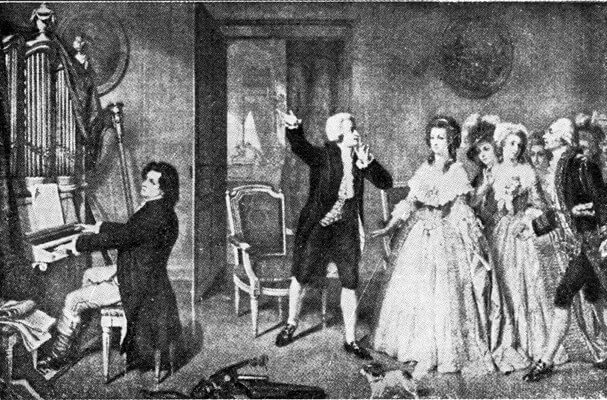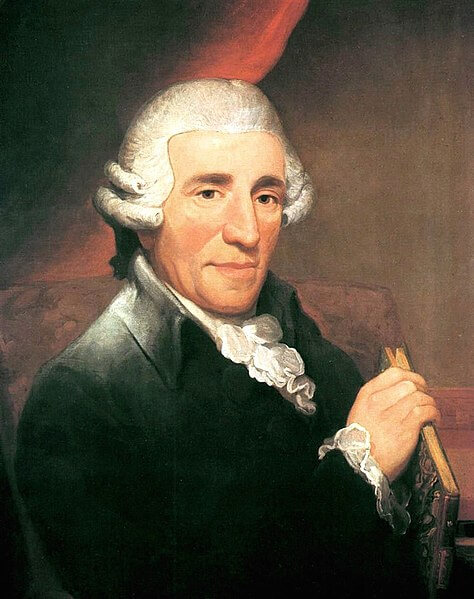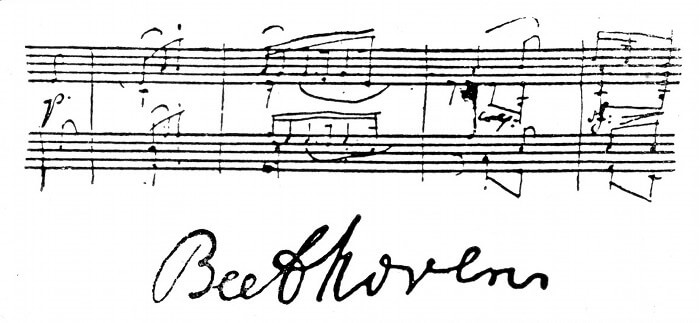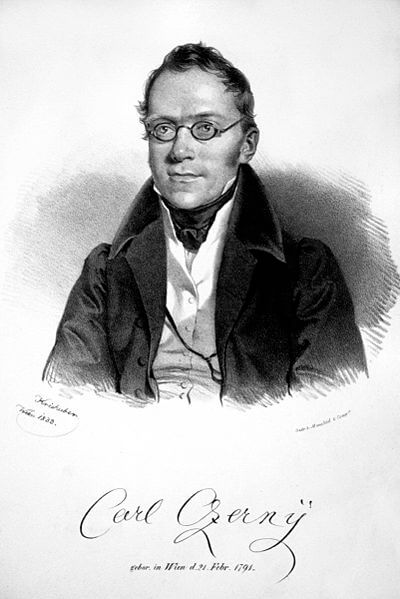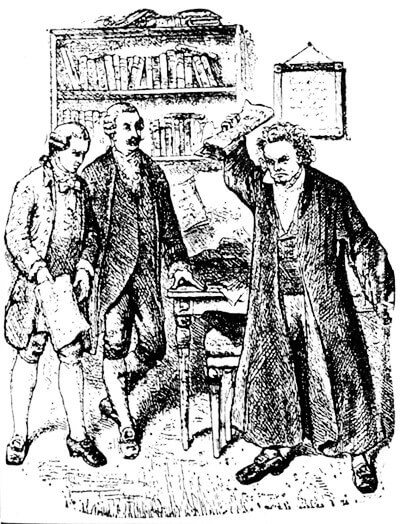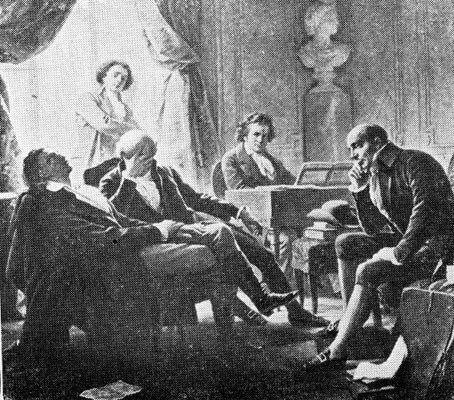Activity 1: Recite the Composition Information
- Recite the name of the composer and the composition.
Activity 2: Study the Music Timeline
Examine the music timeline to answer the following questions.
- What is the year of birth of the lesson composer?
- What is the year of death of the featured composer?
- How old was the composer upon death?
- Which composer (if any) directly precedes the studied composer by date of birth?
- Which composer (if any) directly succeeds the lesson composer by date of birth?
- Which other timeline composers were alive at the same time as the studied composer?
Activity 3: Map the Music
- Ludwig van Beethoven left Bonn, Germany for Vienna, Austria.
- Find Germany and Austria on the map of the world.
- Find Vienna on the map of Austria.
Activity 4: Write a One-Page Paper About Ludwig van Beethoven
Read these facts about Ludwig van Beethoven and write a one-page story out of them, using your own words.
- The composer's full name was Ludwig van Beethoven.
- He was born at Bonn on the River Rhine.
- His birthday is December 16, and his birth year was 1770.
- The Beethoven House is now a Museum.
- Beethoven's father was a singer.
- Ludwig began to study music at the age of four.
- He was shy and quiet in school, always thinking even then of music.
- Even as a little boy he composed music.
- When he was ten years old his first published composition appeared.
- A teacher who helped him very much was Christian Gottlob Neefe.
- Beethoven learned to play several instruments.
- He went to Vienna when he was sixteen, met Mozart and had lessons from him.
- Later, Beethoven met Haydn at Bonn.
- On Haydn's advice he returned to Vienna, making it his home for the rest of his life.
- Composer Carl Czerny once called on Beethoven and wrote a fine description of him.
- At about thirty Beethoven became deaf.
- Most of the great symphonies were composed after he lost his hearing.
- Beethoven died March 26, 1827, at the age of 57.
 12 Tremendous Composers
12 Composers
12 Tremendous Composers
12 Composers

 12 Tremendous Composers
12 Composers
12 Tremendous Composers
12 Composers


